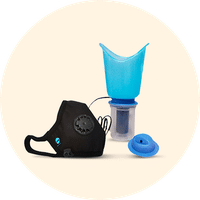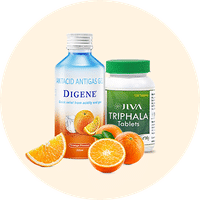Amol 125mg Syrup
Rs.21for 1 bottle(s) (60 ml Syrup each)
food interaction for Amol Syrup
alcohol interaction for Amol Syrup
pregnancy interaction for Amol Syrup
lactation interaction for Amol Syrup
food
alcohol
pregnancy
lactation
Amol 125mg Syrup is to be taken with food.
None
None
CAUTION
It is unsafe to consume alcohol with Amol 125mg Syrup.
UNSAFE
Amol 125mg Syrup is safe to use during pregnancy. Most studies have shown low or no risk to the developing baby.
SAFE IF PRESCRIBED
Amol 125mg Syrup is safe to use during breastfeeding. Human studies suggest that the drug does not pass into the breastmilk in a significant amount and is not harmful to the baby.
SAFE IF PRESCRIBED
SALT INFORMATION FOR Amol 125mg Syrup
Paracetamol(125mg)
Amol syrup uses
{med_name} is used for pain relief and fever. It is used to relieve pain in conditions like headache, body pain, or dental pain.
How amol syrup works
Amol 125mg Syrup possesses analgesic (pain-reliever) and antipyretic (lowers body temperature) properties. It provides relief by blocking certain chemical messengers and pathways in the brain that send signals about pain and fever.
Common side effects of amol syrup
Indigestion, Stomach pain, Nausea, Vomiting
SUBSTITUTES FOR Amol Syrup
29 Substitutes
29 Substitutes
Sorted By
 Rs. 20.70same price
Rs. 20.70same price Rs. 14.04save 34% more per ml of Syrup
Rs. 14.04save 34% more per ml of Syrup Rs. 20save 6% more per ml of Syrup
Rs. 20save 6% more per ml of Syrup Rs. 76save 54% more per ml of Syrup
Rs. 76save 54% more per ml of Syrup Rs. 16.10save 23% more per ml of Syrup
Rs. 16.10save 23% more per ml of Syrup
Expert advice FOR Amol Syrup
- Give Paracetamol to your child with food or milk to prevent an upset stomach.
- Your child should not take more than four doses of this medicine in 24 hours, so wait up to 6 hours between doses.
- Never give any other medicine formulation containing paracetamol along with this medicine as that may lead to serious side effects.
- Inform the doctor if your child has liver disease as the dose may need to be adjusted.
- If Paracetamol does not seem to be helping your child, contact your doctor for advice. Do not give extra doses.
Frequently asked questions FOR Amol 125mg Syrup
Paracetamol
Q. How much Amol 125mg Syrup should I give to my child?
Always follow your doctor's instructions regarding how much of the medicine to give and how often to give it. This depends on the strength of the medicine and the age of your child. You may also check the label or the leaflet inside the packaging for directions before use. The commonly recommended dose is 10-15 mg/kg per dose every 4 to 6 hours. In case you are not sure how much to give, consult your child’s doctor.
Q. When will my child’s condition improve after taking Amol 125mg Syrup?
Amol 125mg Syrup usually starts working within 30 to 60 mins of intake and shows its peak effect within 3 to 4 hours. Your child may start to feel better after a few doses. In case the pain or fever persists longer, consult your child’s doctor immediately.
Q. My child vomited after taking Amol 125mg Syrup. What should I do?
If your child vomits within 30 minutes of taking Amol 125mg Syrup, repeat the dose again. If it has been more than 30 minutes after taking Amol 125mg Syrup and your child vomits, no need to repeat the dose and wait until it is time for the next dose. If you are not sure, consult your doctor.

















